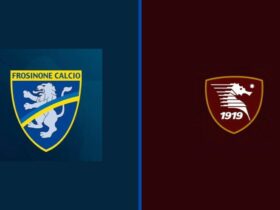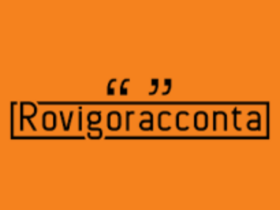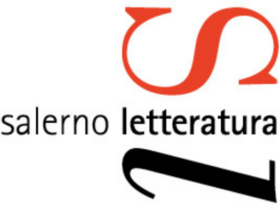The work, at the time of its publication, was considered revolutionary due to the prevalence of images and its relative communicative importance. Here is the Orbis Pictus review
Orbis Pictus O Orbis sensual Pictus, from Comenio, saw the light for its first edition in 1658. Literally it means The figurative world of sensitive things.
Plot | Orbis Pictus review: the first illustrated book for children
The text contains the various nomenclatures relating to illustrations. The volumes cover a large and wide range of topics: human activities, man and religion. The basic idea, however, is always the same: the teaching of a language must be parallel to learning of universal notions. In fact, Comenius describes the knowledge of the world through images and illustrations.
Editions | Orbis Pictus review: the first illustrated book for children
The first edition was published in 1958 in Nuremberg, with bilingual text in latino e German. The following year it was the turn of the version English e latina.
The first edition quadrilingual, which included Latin, English, French and German, was published in 1666 and only in 1685 the native language of the author, that Czech, appeared in translations.
Between 1680 and the 1780 they published several and numerous updated editions. All included Latin, flanked, over the years, by numerous European languages.
Comenio
Comenius, whose full name was Giovanni Amos Comenio, was a Czech pedagogist, philosopher, grammarian, teacher, educator and theologian.
Its fame is due to the defense of the equal nursery school e of public education, as well as literary innovations.
He can be considered the creator ofmodern education. He argued that education encompasses the formation of man in both spiritual and civil life, and that education should be extended to all social classes. He also believed that it would last and continue throughout his life (long life learning).
His school is educational and informative, it divides into four cycles starting from the age of three. He believed, in fact, that before that age it was up to parents to provide the first forms of education. Exactly, just like it happens today in the modern school.
To educate is to live.
World Map
The work was considered, and still is today, the precursor fulcrum of learning the lexicon of a foreign language. It had a huge influence in the education and training of children and is still being studied or read now. This is because, by reading the 150 volumes of the text, the first thing that catches the eye is the profound thought and the deep faith of the author who opposed the classical instruction based on the study of grammar. L’Orb Pictus, in fact, it opens to the knowledge reality and paves the way for a new type of education: that linked to natural Science, not to grammar, and therefore to concrete reality.
The text was born from the idea of giving the child a clear but not childlike representation. Through the words, in fact, the child was able to understand and, observing the images, to represent and connect a specific word to an object. It can be considered a kind of small encyclopedia, as the subtitle itself states.
In fact, it is not so much things that meet – emerging from the pages – the child fantastically struggling with images, but rather the child himself who – looking – penetrates them as a cloud that is satisfied with the chromatic splendor of the figurative universe. In front of his illustrated book he realizes the technique of the perfect Taoist: the illusory curtain of the surface dominates, and the scene where the fairy tale lives among colored fabrics and multicolored backdrops treads.
Below, the original version in Latin.
Points in favor
- Forerunner of modern education
- Anti-class and non-conformist
- Innovative
- Classic historical
Points against
- Despite being innovative, considering the era in which it was published, the illustrations are, to date, too “classic”















Leave a Reply
View Comments